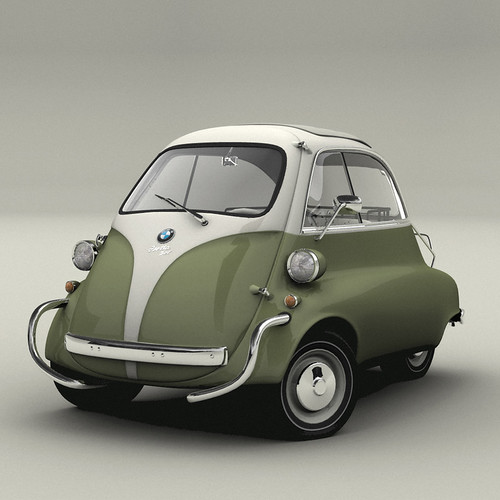The short answer is: I don’t know 🙂
While I was watching National Geographic, I caught a glimpse of the BMW “Efficient Dynamic” advertisement campaign. The claims made by this campaign were quite extraordinary and – being the cynic that I am – I thought: hang on, this sounds too good to be true. The claims as I recall were:
- BMW reduced fuel consumption by 16%
- This reduction is more than twice the reduction achieved by the next premium segment competitor
- This reduction is more than twice the average reduction obtained by the industry
Being an aspiring skeptic I decided to look into these claims, but being the lazy ass that I am, quickly gave up after making a mental list of what would be involved (finding out what they mean by “premium segment” and who their competitor were, finding a reliable source of data, etc). So, instead, I turned to math to see if all these claims can be true at once. So, in math-talk we have the following data:
- BMW = 16
- Lets suppose that we have three competitors A, B and C with A being the closes to BMW
- A, B and C are in the interval [0, 100]
- BMW >= 2*A
- BMW >= 2 * AVG(BMW, A, B, C)
Then I turned to the OpenOffice Solver which promptly came up with an answer: A=8, B=0, C=0. Starting from this I came up with a more plausible-looking solution: A=7, B=5, C=5.
What does this mean? That – mathematically speaking – the claims made might be true. As always – trust, but verify. These simple mathematical tools are available to everyone and can be used to unmask the more extreme false claims (of course, just because a claim is mathematically possible, it doesn’t make it necessarily true). Go search for information. You should find it – since it wants to be free!
Picture taken from maazbot’s photostream with permission.
